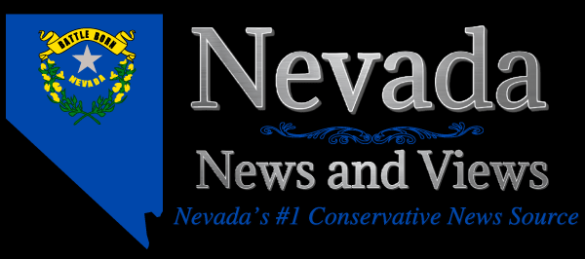(Richard Santomauro) – For more than a century, the Federal Reserve System has been sold to the American public as the guardian of economic stability, a bulwark against inflation, and a champion of full employment. But scratch beneath the surface, and a different picture emerges—one that reveals an institution structurally designed not to serve the people, but to safeguard the profitability and solvency of banks.
At its core, the Federal Reserve is not a government agency in the traditional sense. It is a quasi-private banking consortium, born in 1913 out of closed-door meetings between elite bankers and politicians on Jekyll Island. Its mandate—ostensibly to balance inflation, employment, and interest rate stability—is frequently portrayed as neutral and scientific. In practice, however, its actions consistently reflect the priorities of the banking system over the broader economy.
Interest Rates: The Illusion of Public Service
The Fed’s most potent tool—adjusting the federal funds rate—is often framed as a way to control inflation and stimulate or cool the economy as needed. High inflation? Raise rates to slow spending. Recession looming? Lower rates to encourage borrowing and investment.
But the timing of these moves is rarely precise. The Fed is notoriously reactive, not proactive. It often raises rates long after inflation has taken hold and lowers them well after job losses have begun to pile up. The real question becomes: who benefits from this delay?
Banks do.
When the Fed raises interest rates, commercial banks immediately raise the rates they charge on credit cards, mortgages, and loans. But they are much slower to raise the interest they pay on deposits. The result is a widening spread between what banks charge and what they pay—a direct increase in profit margins. Conversely, when rates are lowered, borrowing costs fall, encouraging more loan volume and risk-taking—again boosting bank profits, especially when deposit rates remain suppressed.
This dynamic helps explain the seeming paradox of why the Fed acts too late: it isn’t about fighting inflation or creating jobs. It’s about managing profit cycles for the banking sector.
A Dual Mandate in Name Only
The Federal Reserve’s dual mandate—maximum employment and stable prices—should, in theory, serve Main Street. But the prioritization is clear. When inflation rises modestly, the Fed springs into action, hammering the economy with rate hikes even if unemployment is low and wage growth is stagnant. Yet when millions are unemployed and inflation is low—as was the case during long stretches of the 2010s—the Fed often dragged its feet on stimulus.
The underlying message is simple: inflation is intolerable because it erodes the real value of capital. But unemployment? That’s just collateral damage.
Wall Street’s Silent Partner
While the Fed may claim independence from politics, it is deeply enmeshed with Wall Street. Former investment bankers and hedge fund alumni populate its leadership. Its policies often mirror the interests of large financial institutions, providing ample liquidity to preserve asset values during crises—quantitative easing being the prime example.
When markets tremble, the Fed doesn’t hesitate to inject trillions into the system. But when average Americans face stagnant wages, unaffordable housing, or medical debt, the Fed offers only the blunt tool of interest rates—and often wields it too late.
Time to Replace the Fed’s Decision-Makers with AI
If the Federal Reserve were truly committed to serving the broader economy, it might be time to replace human decision-makers with a non-political, data-driven artificial intelligence system.
Unlike human policymakers—who are influenced by political pressure, career incentives, and institutional biases—an advanced AI system can analyze a vast array of economic indicators in real time without delay, emotion, or self-interest. It can model inflation trajectories, employment trends, and growth forecasts using predictive analytics, adjusting interest rates with surgical precision based solely on economic fundamentals.
Such a system would not be beholden to Wall Street or driven by the cyclical needs of the banking sector. It could transparently prioritize low inflation and sustainable growth using algorithms tuned to optimize outcomes for the entire economy—not just for financial institutions.
While no system is infallible, an autonomous AI-based Federal Reserve could eliminate the persistent lag, human error, and conflict of interest that have plagued the current model. By aligning monetary policy with actual conditions rather than elite priorities, AI offers the potential for a fairer and more efficient financial future—one where Main Street is no longer an afterthought, but the primary beneficiary.
The opinions expressed by contributors are their own and do not necessarily represent the views of Nevada News & Views.



